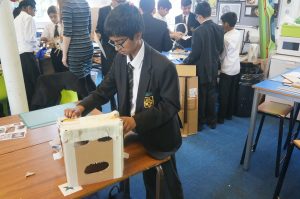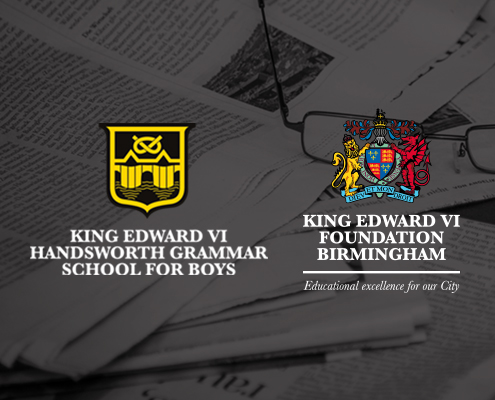Year 12 students had three days of higher education support and information as well as two different trips from 25-29 June.
On Monday 25th, all of the year 12 students attended the UCAS Higher Education Exhibition at the NEC in Birmingham. Supported by the year1 2 tutors the students had the opportunity to speak to university representatives from every HE provider in the country, as well as attend various UCAS workshops to help them to prepare for their university application.
On Thursday 28th the students were guided through the UCAs process by Mr Duck, UCAS Co-ordinator and then had the opportunity to hear from former students about their UCAS journeys.
Our ex -student panel was made up of Aliyah Mohammed and Riju Shah who have both just completed their first year at Aston University, Mayur Parmar who has just graduated from the University of Leeds, Hung Nguyen who has just completed his first year at the UOB, Rahul Patel who has had a pre-university year working in Bath, before starting a Natural Sciences degree at the University of Cambridge in September, Bobby Bola, who started a degree at the UOB and has now changed to pursue a medical career, and finally Hasan Din who left HGS and decided to take an alternative route in his career and is now an apprentice with Cap Gemini a national IT company.
We would like to thank the ex -students for their kindness in coming back to HGS to share their UCAS journeys with our present students.
Finally, all of our year 12 students visited the University of Birmingham on Friday June 29th where they had a campus tour and attended lectures on “Applying for university” and “Student Finance”.
Our thanks go to Mohammed Ansar of the UOB Outreach team, who facilitated our visit.

































